An easy, durable resin baitfish imitation for albies, bonito, and more
When bay anchovies or rain bait fill the water inshore, you need a translucent, match-the-hatch pattern that holds up and gets eaten. This Bay Anchovy Surf Candy, tied by Matt at The Saltwater Edge, is one of the best tools in your fly box — and it's surprisingly simple to tie.
🐟 Why This Fly Works
-
Mimics bay anchovies, rainbait, and other translucent forage
-
Durable thanks to UV resin
-
Casts easily and holds shape
-
Easy color variations: tan/white, pink, chartreuse, olive
-
Deadly for albies, bonito, stripers, and more
✂️ Materials List
-
Supreme Hair – Tan and White
-
Lateral Scale Flash – Pearl
-
Christmas Ribbon – Bow-making kind from craft stores
-
Hook – Size 1 Minnow Hook (strong enough for albies)
-
UV Resin – Solarez Thick (optional: Solarez Thin)
-
Thread – Mono thread (disappears under resin)
-
Eyes – Small stick-on
-
Tools – Tweezers, fly tying scissors, curved scissors, bodkin, UV torch
🪝 Step-by-Step Instructions
Step 1: Select and Mount Your Hook
Use a size 1 strong minnow hook in the vise. This size offers a realistic profile while holding up to hard-tailing albies and bonito.
Step 2: Lay Down the Supreme Hair
Tie in white Supreme Hair on the bottom and tan on the top. Don’t worry about tapering now — we’ll trim the shape later.
Step 3: Prepare and Apply Christmas Ribbon
Cut a clean strip of pearl-colored Christmas ribbon (the kind used for bows). Use tweezers for precision and super glue to attach it flat against the flank of the fly, shiny side out. Repeat on both sides.
🔧 Pro Tip: The ribbon can be slippery — use tweezers and work slowly for a clean look.
Step 4: Add Lateral Scale Flash
Apply pearl lateral scale flash directly over the ribbon on each side. Secure with just enough glue to hold; too much dulls the flash.
Step 5: Whip Finish
Use 2–3 whip finishes to lock in your thread, and trim cleanly.
Step 6: Add Stick-On Eyes
Place one eye on each side, right behind the thread wraps and centered over the ribbon. Press gently — don’t reposition or you risk pulling off the foil.
Step 7: Resin the Head and Flank
Apply a thin layer of thick UV resin between the eyes to secure the hair and flash. Cure it with a UV torch. Avoid rotating the vise during this step to keep materials aligned.
Step 8: Build the Body
Add more resin along the flanks and under the belly to build shape. Use a bodkin to spread evenly, then cure.
Step 9: Belly Formation
Flip the fly and apply resin to the underside to create a full belly. Let gravity and your bodkin do the work, then cure.
Step 10: Final Resin Layer (Optional)
Add a topcoat of thin resin to smooth any gaps and enhance translucency. Cure fully.
Step 11: Trim and Shape
Use curved scissors to shape the tail and taper the body. Keep the lateral flash a little longer than the synthetic hair for added realism.
Finished Fly: Ready to Fish!
You now have a durable, realistic bay anchovy imitation with just the right flash and profile. This fly is deadly when rain bait or anchovies are in the water — especially during albie season.
Variations to Try
-
Pink/White: Cloudy days or low light
-
Chartreuse/White: Off-colored water
-
Olive/White: Sand eel or silverside imitation
-
All White: Minimalist and versatile




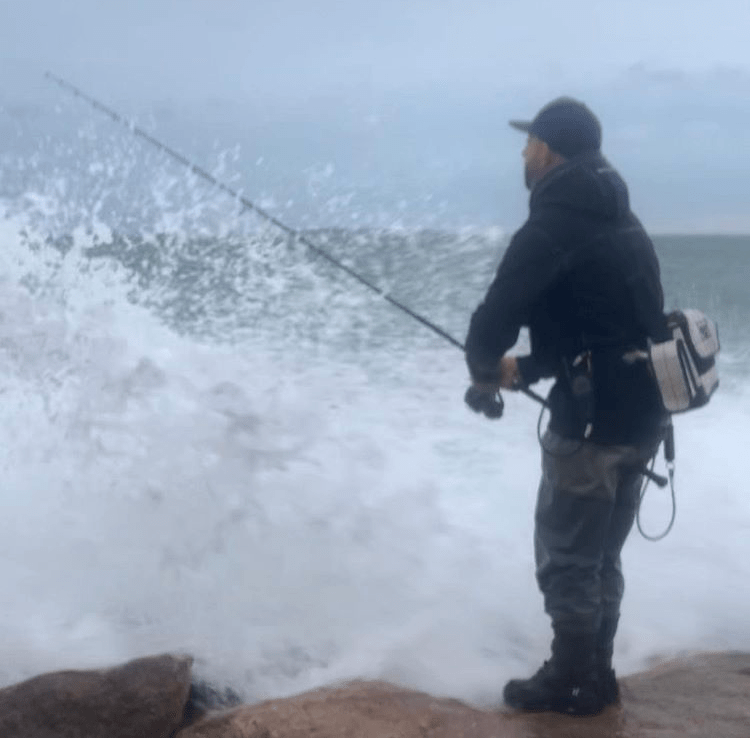

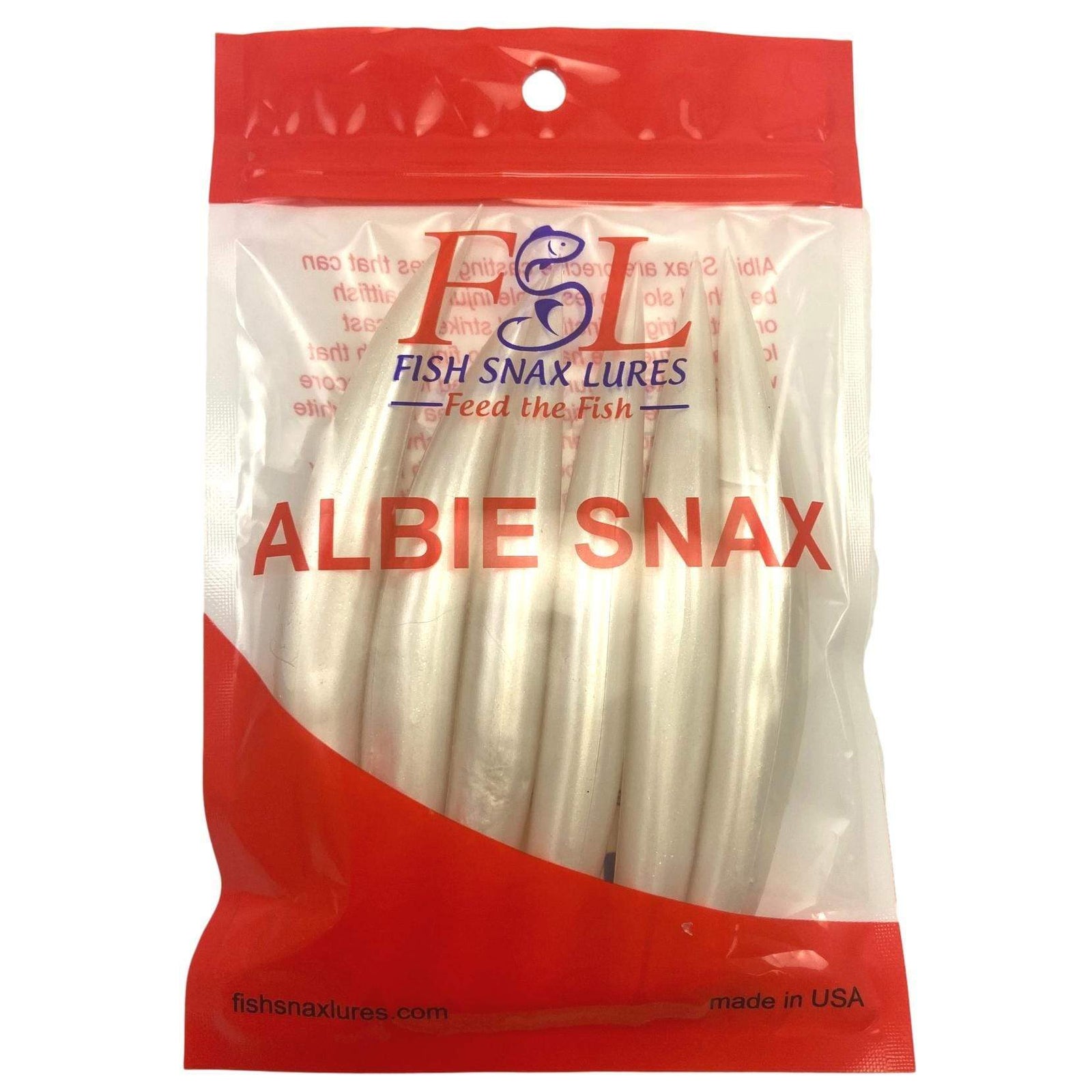

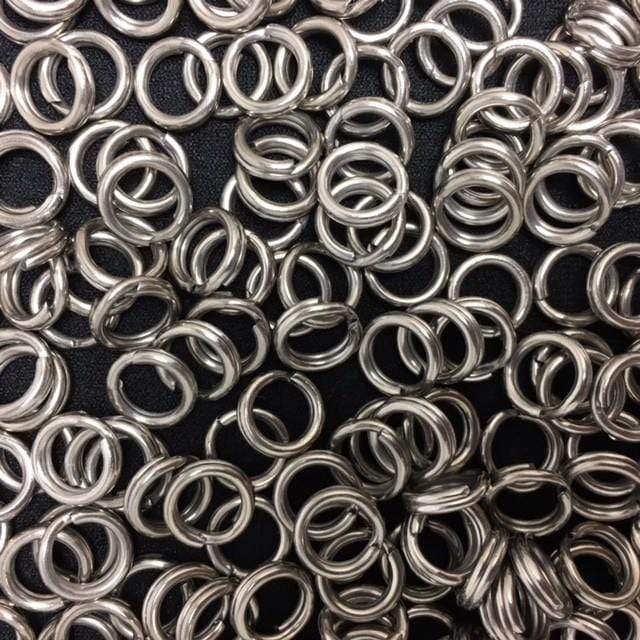
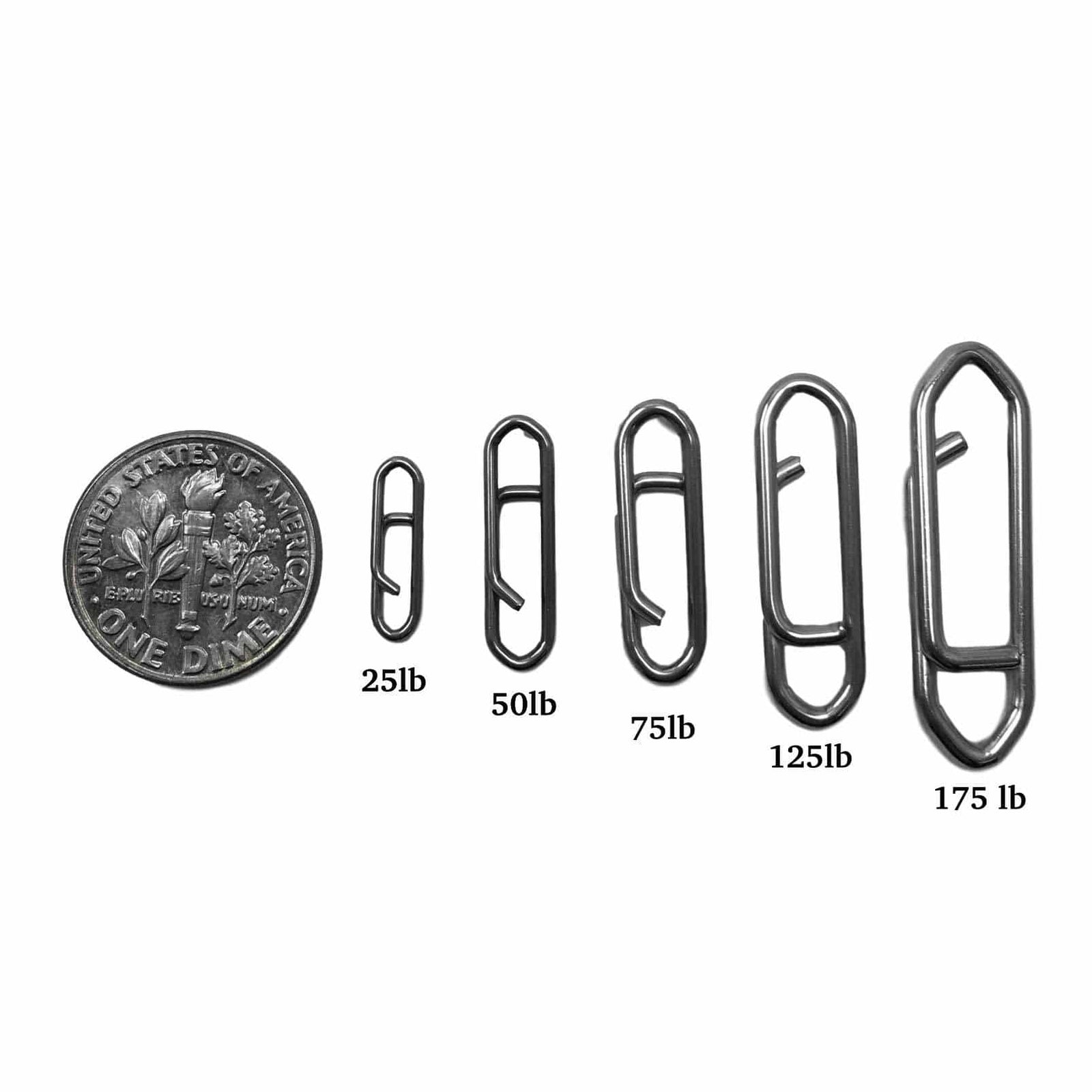

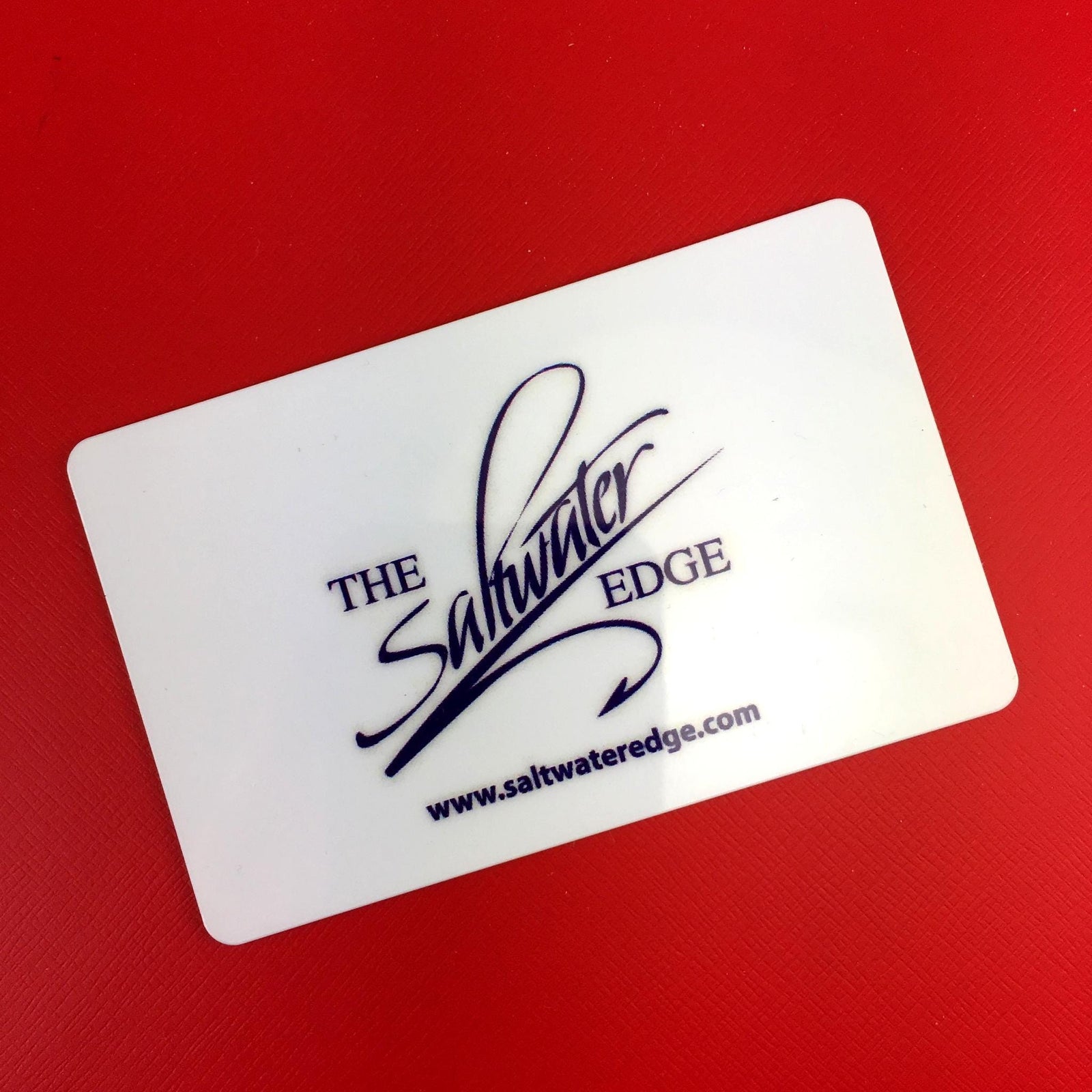
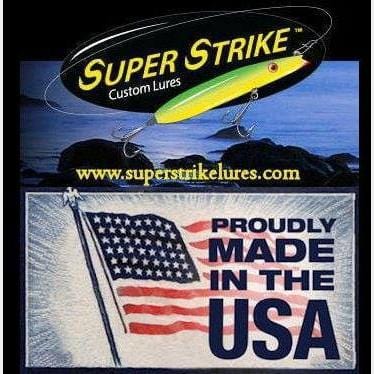

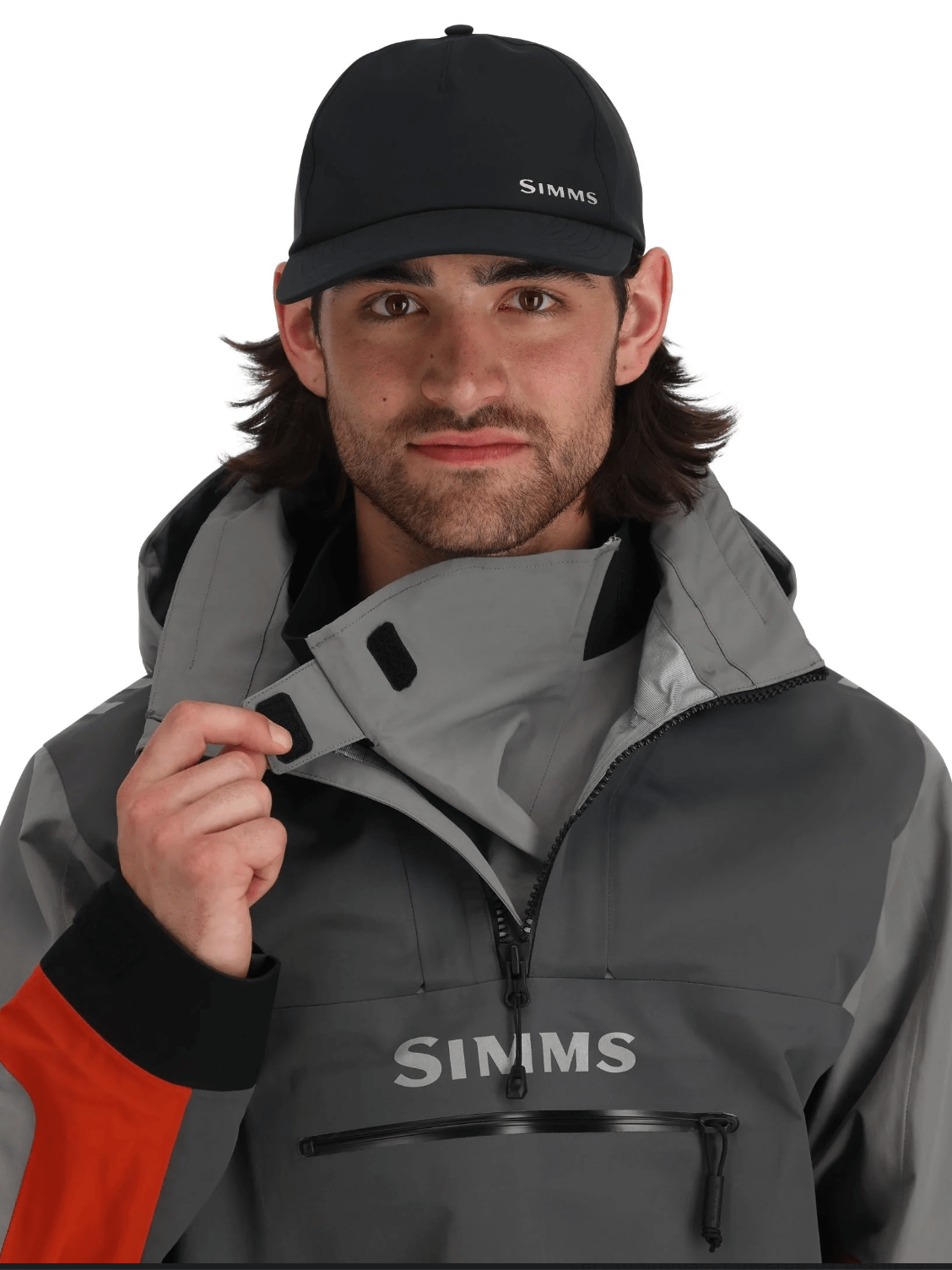

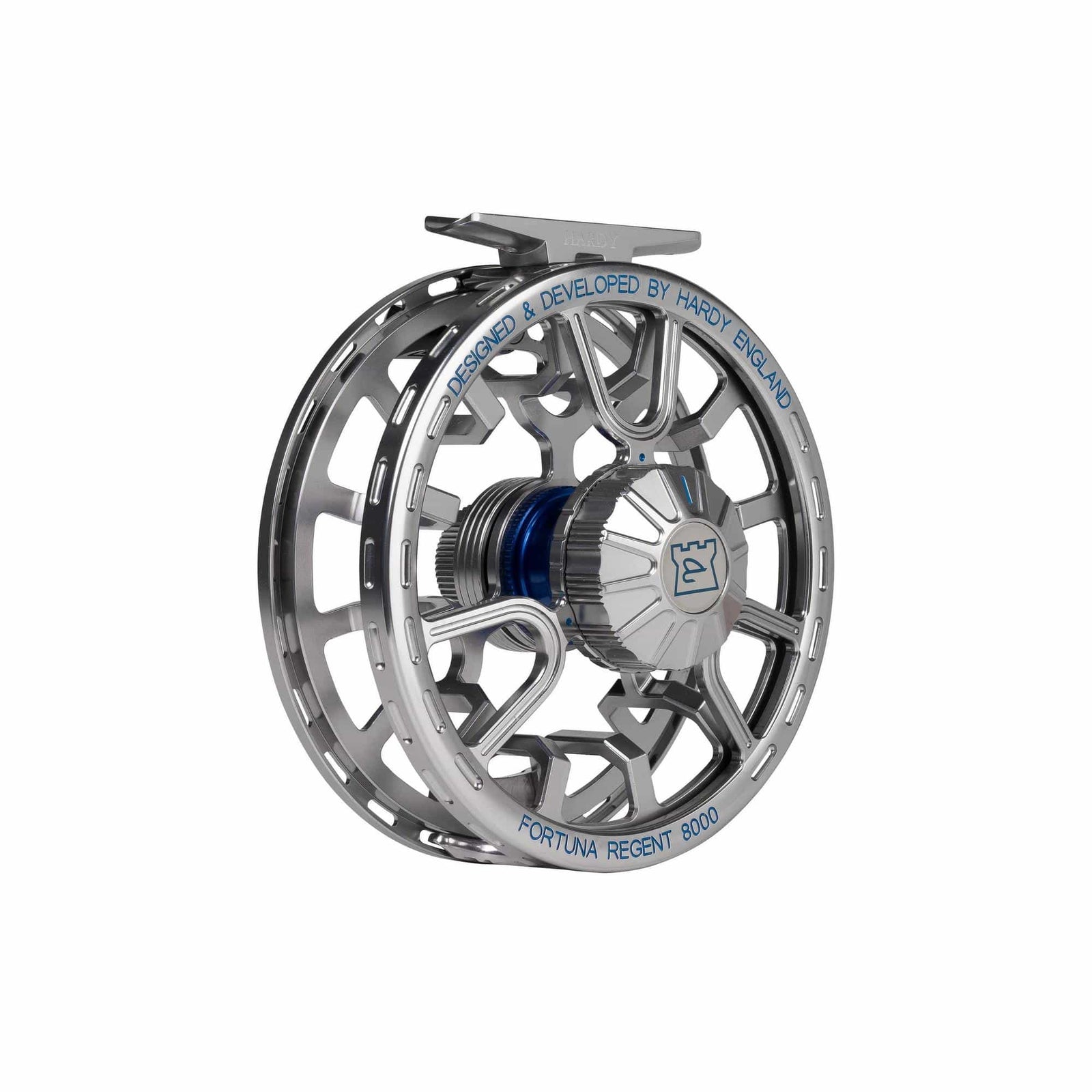
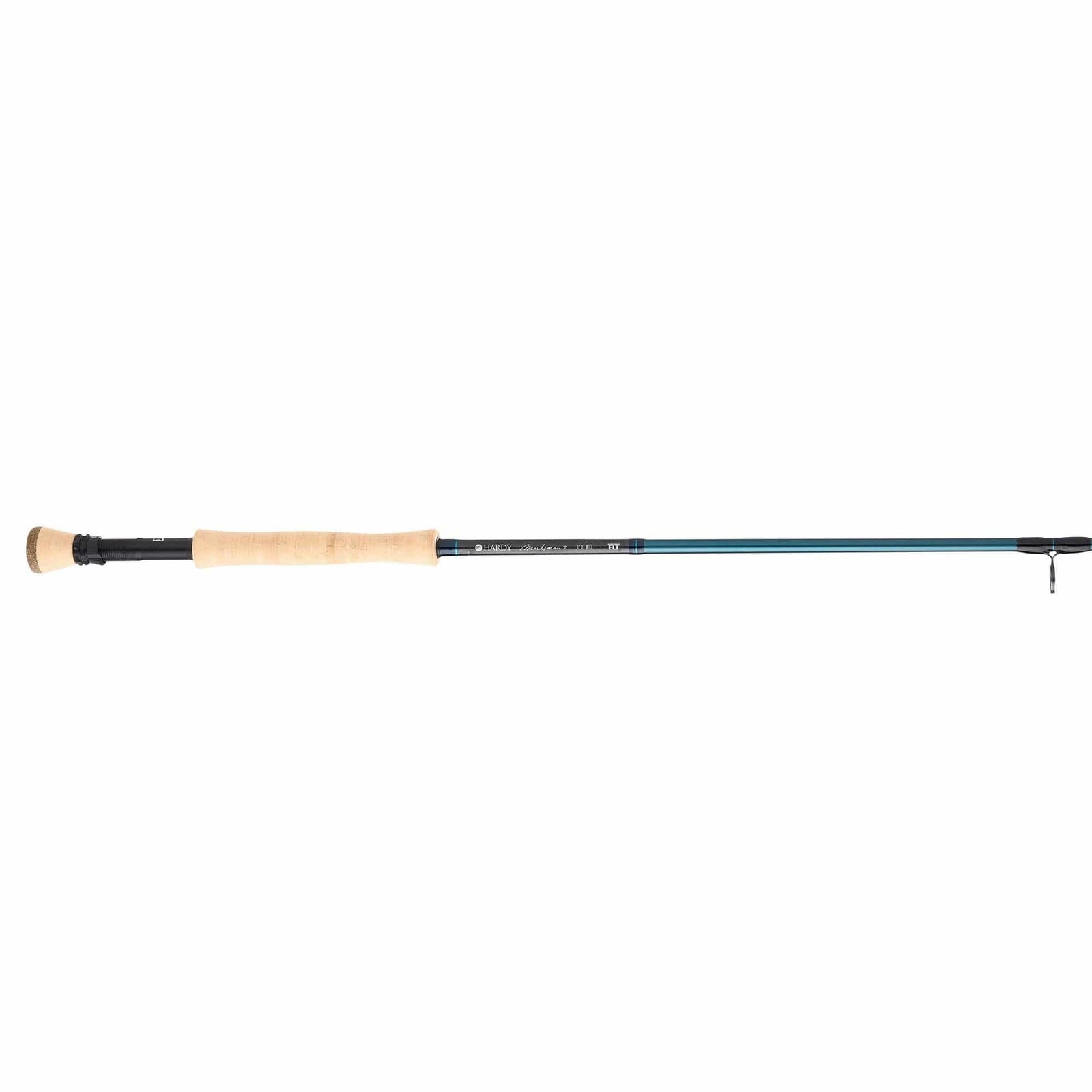
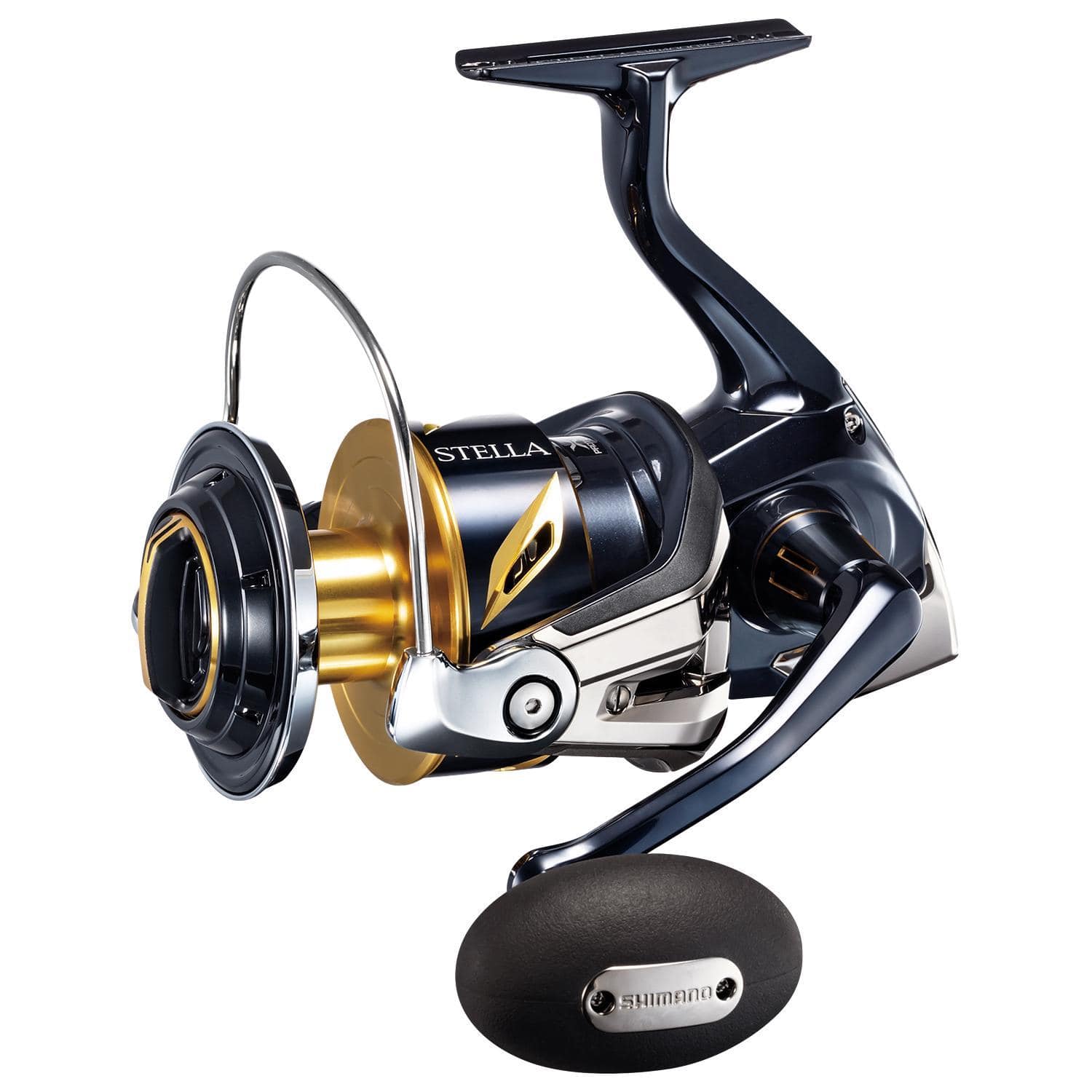
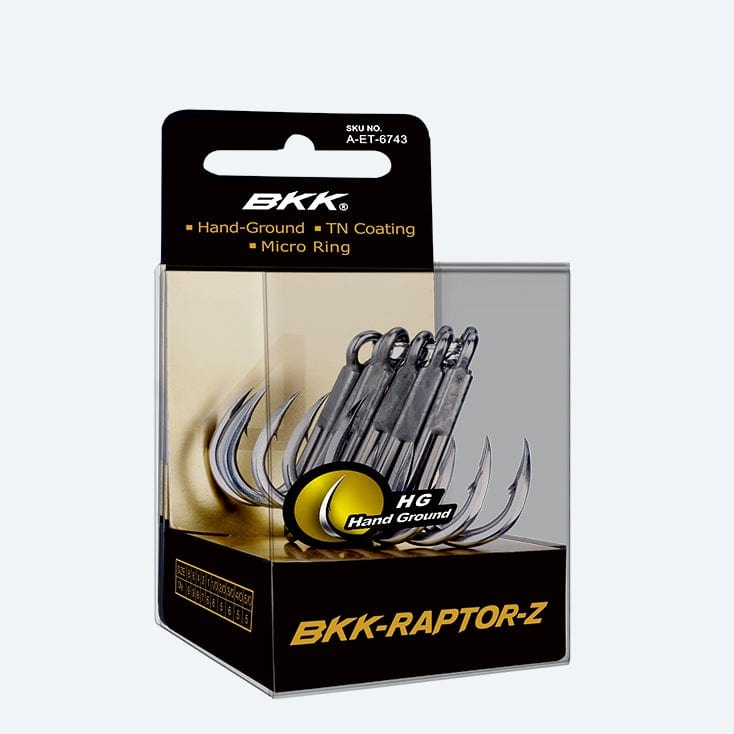

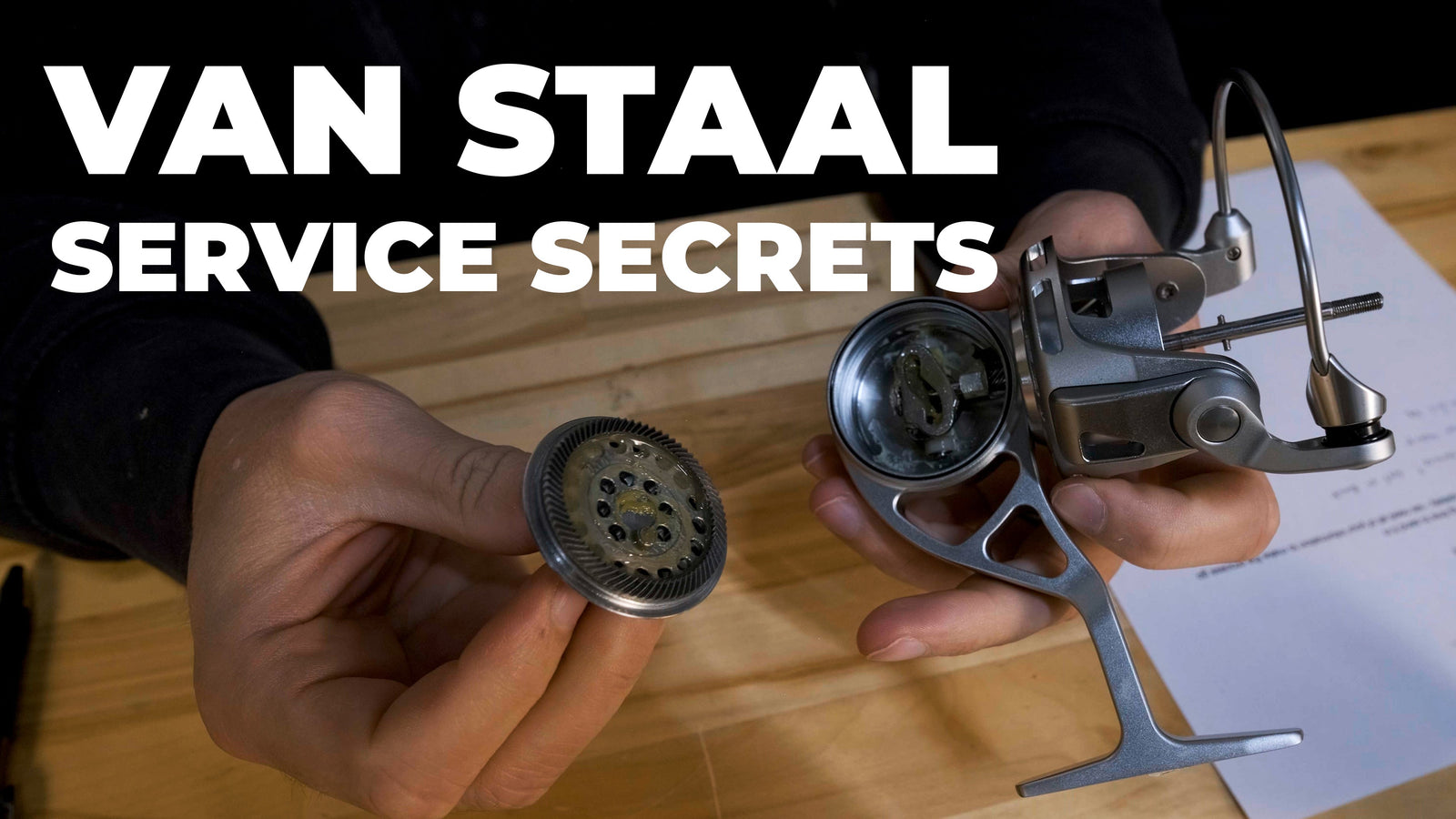


Leave a comment (all fields required)